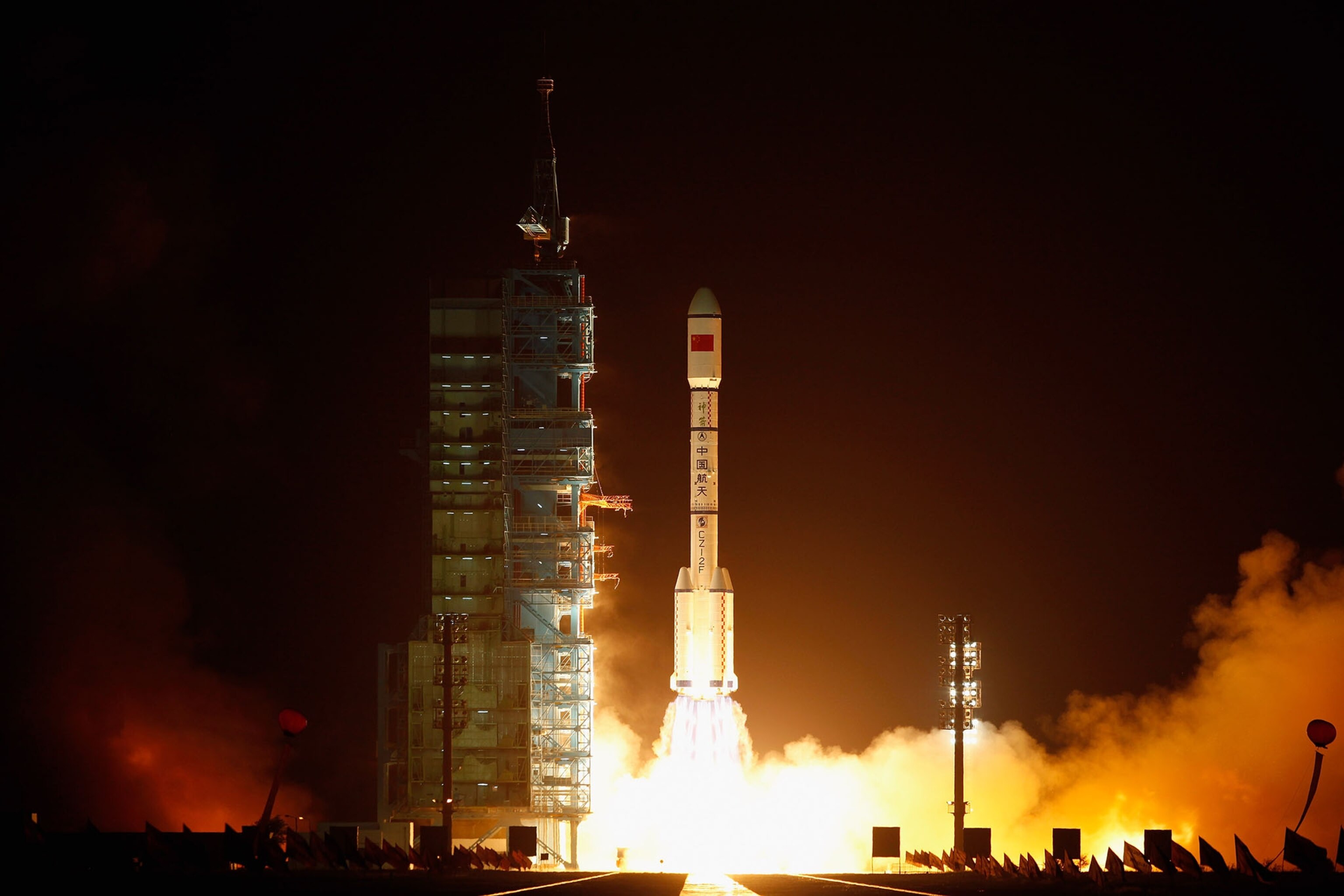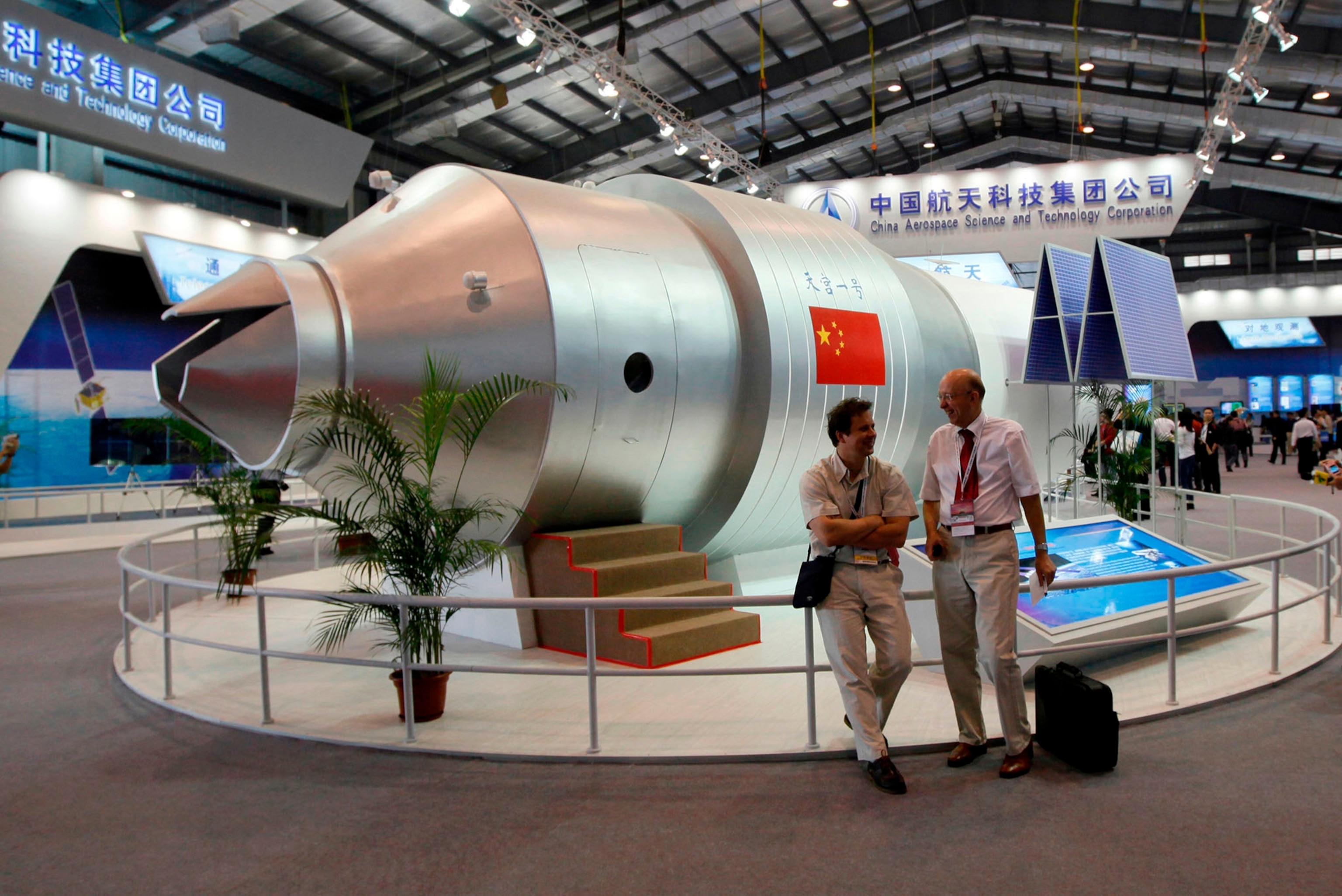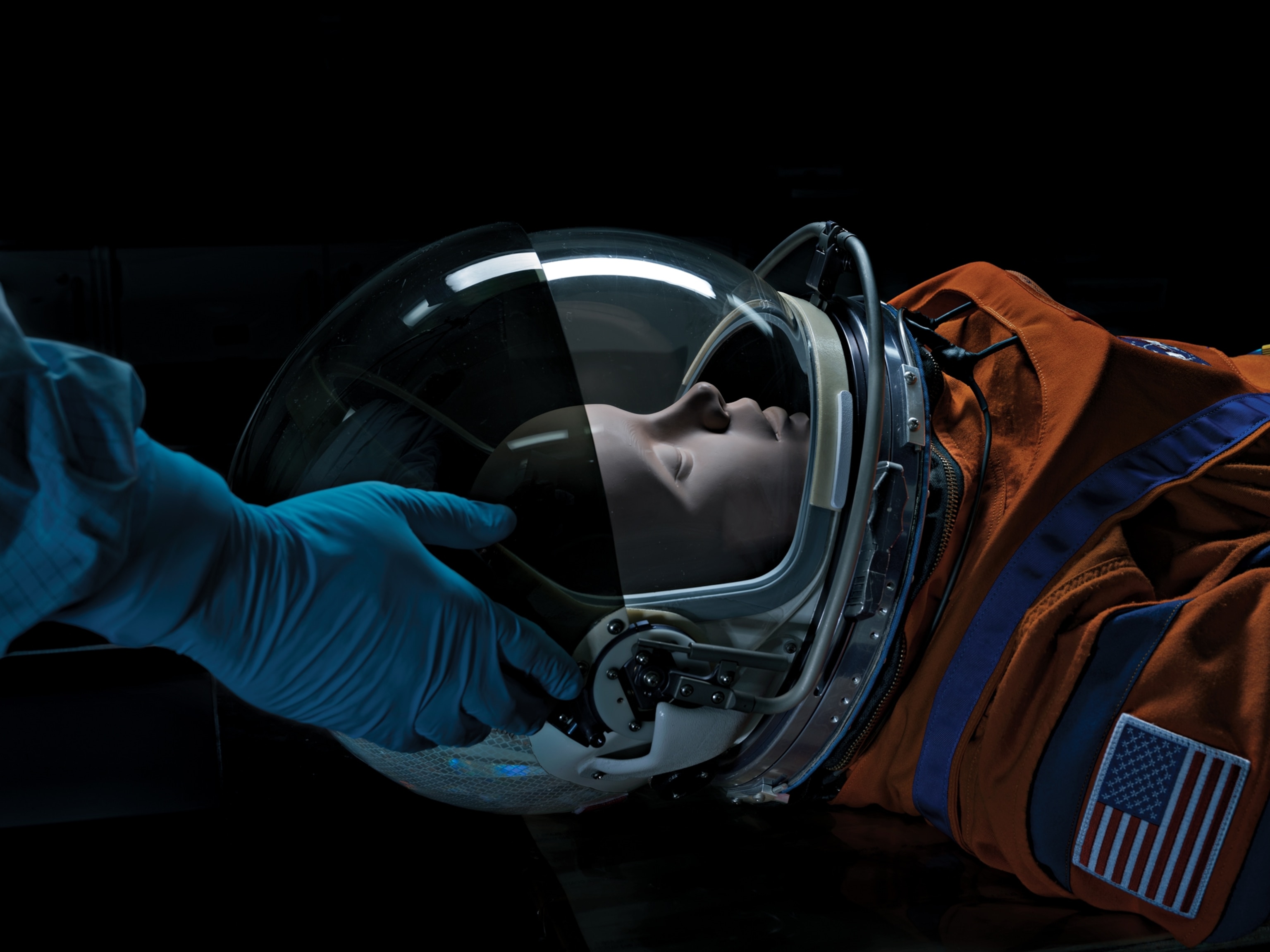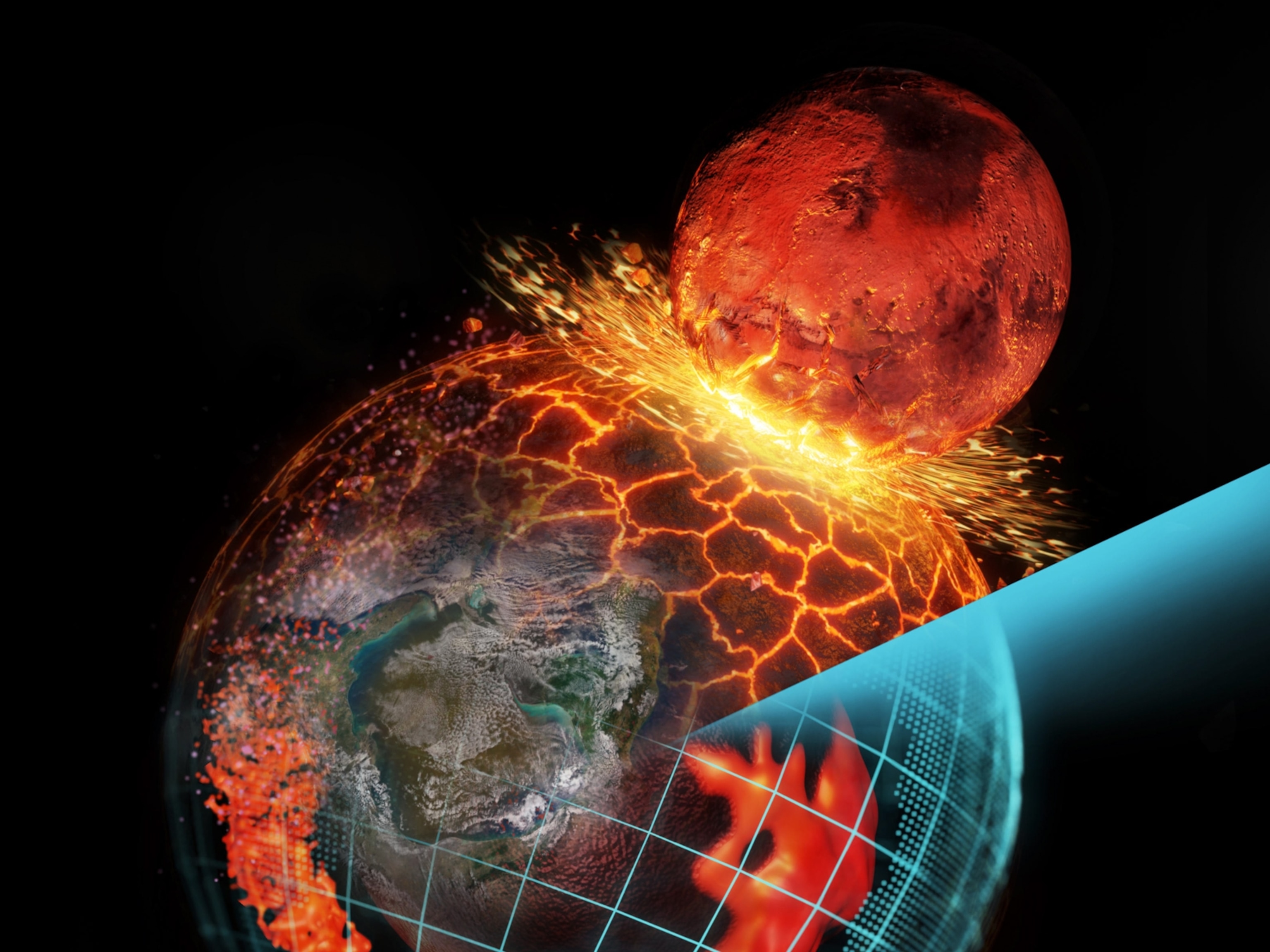
Chinese Space Station Crashes Back to Earth
So far, there are no reports of debris or sightings of the craft's descent.
After a week of frenzied speculation about where and when Tiangong-1’s demise would occur, China’s first space station disintegrated in the skies over the Pacific ocean. The fiery coda to the space station’s final act began around 8:16 p.m. Eastern time when the falling space craft re-entered Earth’s atmosphere, breaking into flaming pieces that are unlikely to have survived re-entry, China’s crewed space program said in a statement.
“Their prediction was spot-on,” says astronomer JonathanMcDowell of the Harvard-Smithsonian Center for Astrophysics, referring to a prediction China had made about Tiangong-1’s homecoming.
The U.S. Strategic Command’s Joint Force Space Component Command confirmed the time and location of Tiangong-1’s re-entry.
China lost control of the 8.5-ton space station in 2016, and without the ability to boost Tiangong-1’s altitude, the space station’s plunge to Earth was an inevitability. Since then, analysts have been tracking the station and attempting to predict when it would fall, complex calculations that must account for such factors as solar activity, atmospheric density, and the station’s motion.
Tiangong-1, which means Heavenly Palace in Chinese, isn’t among the larger human-made objects to fall from orbit; its fate is similar to the 85-ton U.S. space station Skylab, which broke up over Australia in 1979, and Russia’s 130-ton Mir, although Russia guided Mir to its destruction in 2001.
China launched the first of Tiangong-1’s modules in 2011. Over the years, the station grew to two modules and 19,000 pounds, saw two visits from taikonauts, and served as an orbiting laboratory for testing robotic technologies. But in 2016, a rumored malfunction rendered the space station inoperable, and in 2017 China announced that Tiangong-1 would fall to Earth uncontrolled.
In the days leading up to the derelict space station’s re-entry, various organizations attempted to predict the event’s precise time and location, with most estimates centering around midnight on April 1.
Accuracy improved as the week went on, with different models being tweaked to account for variability in the sun’s activity, which affects the Earth’s upper atmosphere and the amount of drag Tiangong-1 experiences. By mid-afternoon Sunday, the re-entry window had been narrowed and pushed back by about 24 hours.
The European Space Agency predicted the space station’s demise would occur within four hours of midnight on April 2; The Aerospace Corporation suggested a 4-hour window centered at 8pm EDT; and U.S. StratCom identified a six-hour window opening just before 9pm EDT.

But where, exactly, the space station would disintegrate was a mystery – Tiangong-1 was hurtling around Earth 16 times each day, meaning that even a half-hour error in prediction would put the space station on the opposite side of the planet. Yet given its orbital pathway, experts knew that it would break up somewhere in the skies between 43 degrees north and south latitude, which includes most of the densely populated regions on Earth; by mid-afternoon Sunday, the space station’s remaining orbits ruled out a breakup over the United States, although portions of South America, Southeast Asia and Africa were still under its path.
Of course, the most likely possibility all along was that Tiangong-1 would collide with Earth’s atmosphere somewhere over an ocean.
Which it did, with little fanfare, to the northwest of Tahiti – ironically in the neighborhood of a patch of ocean called the “spacecraft cemetery,” where the remains of more than 100 spacecraft lie.





